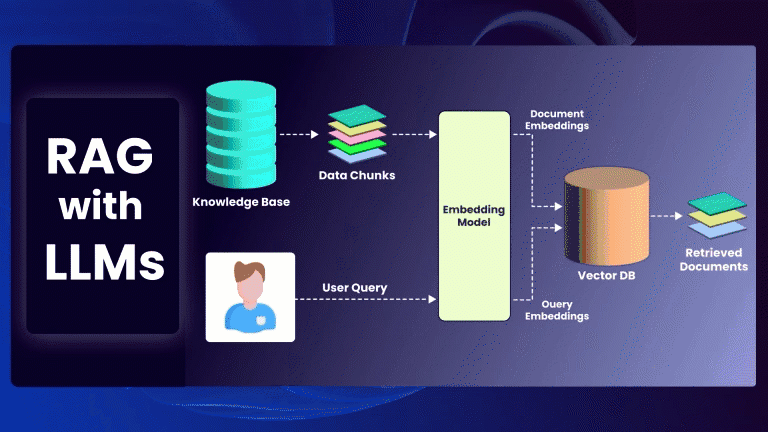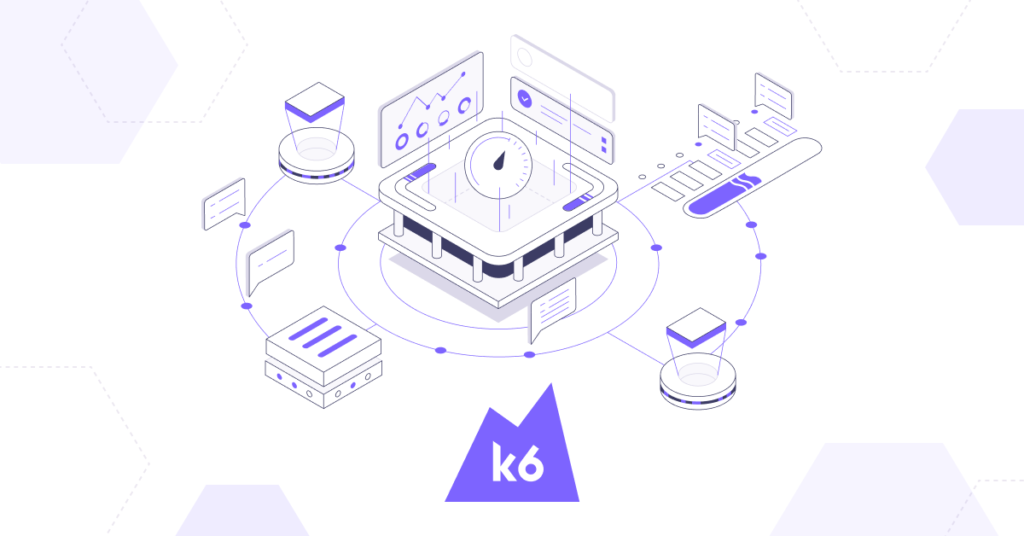Frontend development is a dynamic field that constantly evolves with new technologies and trends. As we step into 2024, it’s crucial to stay updated with the latest tools and best practices to build efficient, user-friendly, and visually appealing web applications. This blog will provide an in-depth look at the current state of frontend development, the technologies used, and recommendations on the best tools and practices to adopt this year.
What is Frontend Development?
Frontend development, also known as client-side development, involves creating the part of a website or web application that users interact with directly. This includes everything from the layout and design to the interactivity and performance of the site. Frontend developers use a variety of technologies to build responsive and engaging user interfaces.
Core Technologies in Frontend Development
- HTML (HyperText Markup Language):
- The standard markup language used to create the structure of web pages. HTML elements form the building blocks of all websites.
- CSS (Cascading Style Sheets):
- Used to style and layout web pages, CSS controls the presentation and design of HTML elements. It allows developers to add colors, fonts, spacing, and responsive layouts.
- JavaScript:
- A versatile programming language that enables interactivity on web pages. JavaScript is essential for creating dynamic content, handling user events, and manipulating the DOM (Document Object Model).
Popular Frontend Frameworks and Libraries in 2024
- React:
- Developed by Facebook, React is a powerful JavaScript library for building user interfaces. Its component-based architecture allows for reusable UI elements and efficient state management. React’s popularity continues to grow due to its flexibility and extensive ecosystem.
- Angular:
- Developed by Google, Angular is a comprehensive framework for building single-page applications (SPAs). It includes features like two-way data binding, dependency injection, and a powerful CLI. Angular is well-suited for large-scale applications.
- Vue.js:
- Vue.js is a progressive JavaScript framework that is easy to learn and integrate. It offers a reactive data-binding system and a flexible component architecture. Vue.js is favored for its simplicity and performance.
- Svelte:
- Svelte is a relatively new framework that shifts the work to compile time, resulting in highly efficient and fast applications. It has gained popularity for its simplicity and the fact that it produces highly optimized JavaScript code.
- Next.js:
- Built on top of React, Next.js is a framework for building server-rendered React applications. It offers features like static site generation (SSG), server-side rendering (SSR), and API routes. Next.js is ideal for building modern web applications with improved performance and SEO.
- Nuxt.js:
- Similar to Next.js but for Vue.js, Nuxt.js provides server-side rendering, static site generation, and a powerful modular architecture. It enhances the development experience and performance of Vue.js applications.
Emerging Technologies and Trends
- WebAssembly (Wasm):
- WebAssembly is a binary instruction format that allows high-performance execution of code on the web. It enables developers to run languages like C, C++, and Rust alongside JavaScript, offering near-native performance for web applications.
- JAMstack:
- JAMstack (JavaScript, APIs, and Markup) is an architecture designed for building fast, secure, and scalable web applications. It decouples the frontend from the backend, allowing developers to use static site generators and APIs to deliver content.
- Progressive Web Apps (PWAs):
- PWAs are web applications that provide a native app-like experience on the web. They offer features like offline access, push notifications, and fast load times, enhancing user engagement.
- Micro Frontends:
- Micro frontends involve breaking down a frontend application into smaller, manageable pieces that can be developed, deployed, and scaled independently. This approach promotes modularity and improves maintainability.
- GraphQL:
- GraphQL is a query language for APIs that allows clients to request exactly the data they need. It improves the efficiency of data fetching and reduces the amount of data transferred over the network.
Best Practices for Frontend Development in 2024
- Performance Optimization:
- Optimize images, minify CSS and JavaScript files, and use lazy loading for non-critical resources. Tools like Lighthouse can help identify performance bottlenecks.
- Responsive Design:
- Ensure your application is accessible and functional across a range of devices and screen sizes. Use CSS media queries, flexible grids, and responsive images to create a seamless user experience.
- Accessibility:
- Follow accessibility best practices to make your application usable for all users, including those with disabilities. Use semantic HTML, ARIA roles, and keyboard navigation support.
- State Management:
- Manage application state efficiently using tools like Redux, Context API, or Vuex. Proper state management ensures consistency and predictability in your application.
- Testing:
- Implement automated testing to catch bugs early and ensure code quality. Use tools like Jest, Mocha, and Cypress for unit, integration, and end-to-end testing.
- Version Control:
- Use version control systems like Git to track changes, collaborate with team members, and manage code repositories. Platforms like GitHub and GitLab provide additional collaboration tools and CI/CD integrations.
- Security:
- Implement security best practices to protect your application from common vulnerabilities. Use HTTPS, sanitize user inputs, and follow guidelines for secure authentication and authorization.
Conclusion: The Best Tools for 2024
Choosing the right tools and technologies for frontend development in 2024 depends on the specific requirements of your project. Here are some recommendations based on different use cases:
- For High Performance and Flexibility:
- React with Next.js for building fast, SEO-friendly applications with server-side rendering and static site generation.
- For Comprehensive Frameworks:
- Angular for large-scale enterprise applications that require a robust, opinionated framework with built-in features.
- For Simplicity and Ease of Use:
- Vue.js or Svelte for projects that need a gentle learning curve, strong performance, and a flexible architecture.
- For Modular and Scalable Architectures:
- Micro Frontends to break down applications into manageable pieces, enhancing scalability and maintainability.
Staying up-to-date with the latest trends and continuously learning new skills will ensure you remain proficient in the ever-evolving landscape of frontend development. Whether you’re a beginner or an experienced developer, embracing these technologies and best practices will help you build modern, efficient, and user-friendly web applications in 2024 and beyond.





